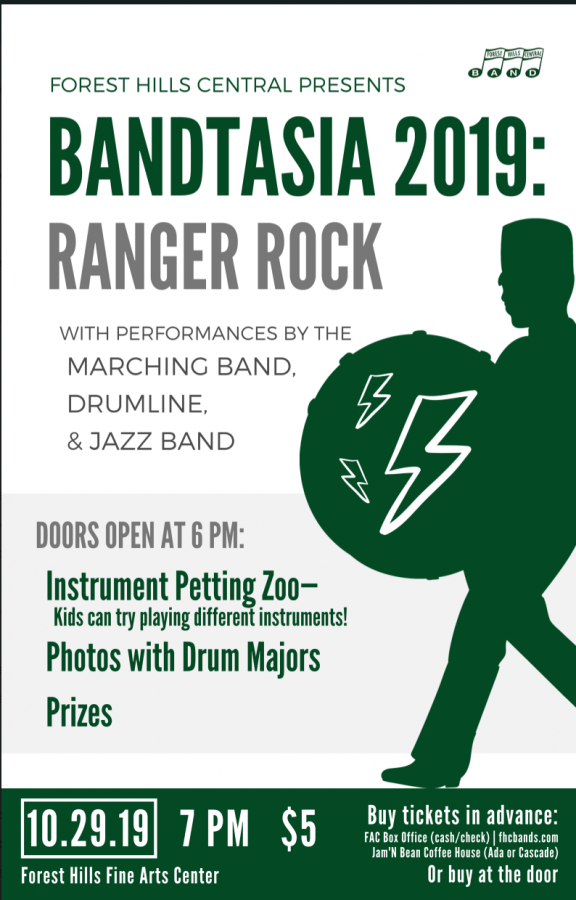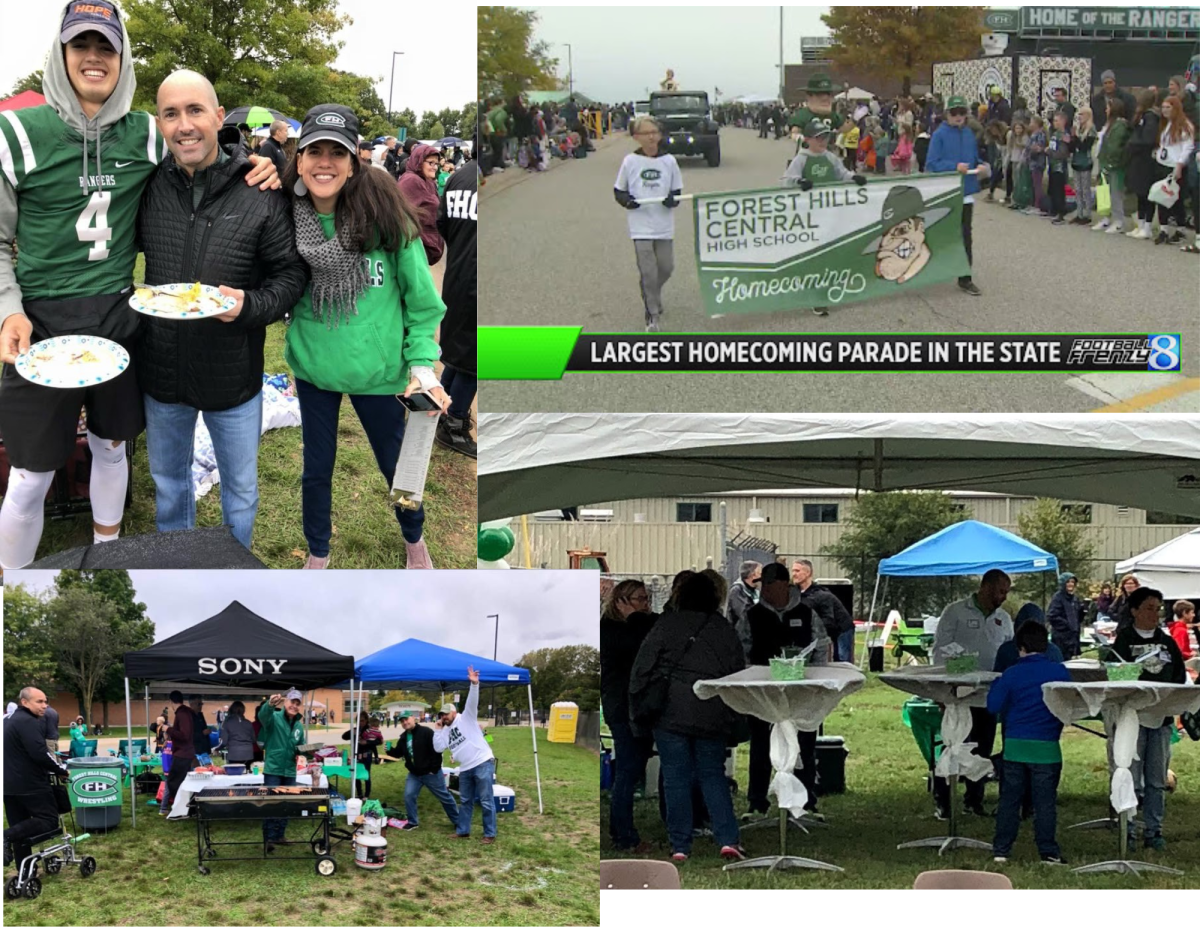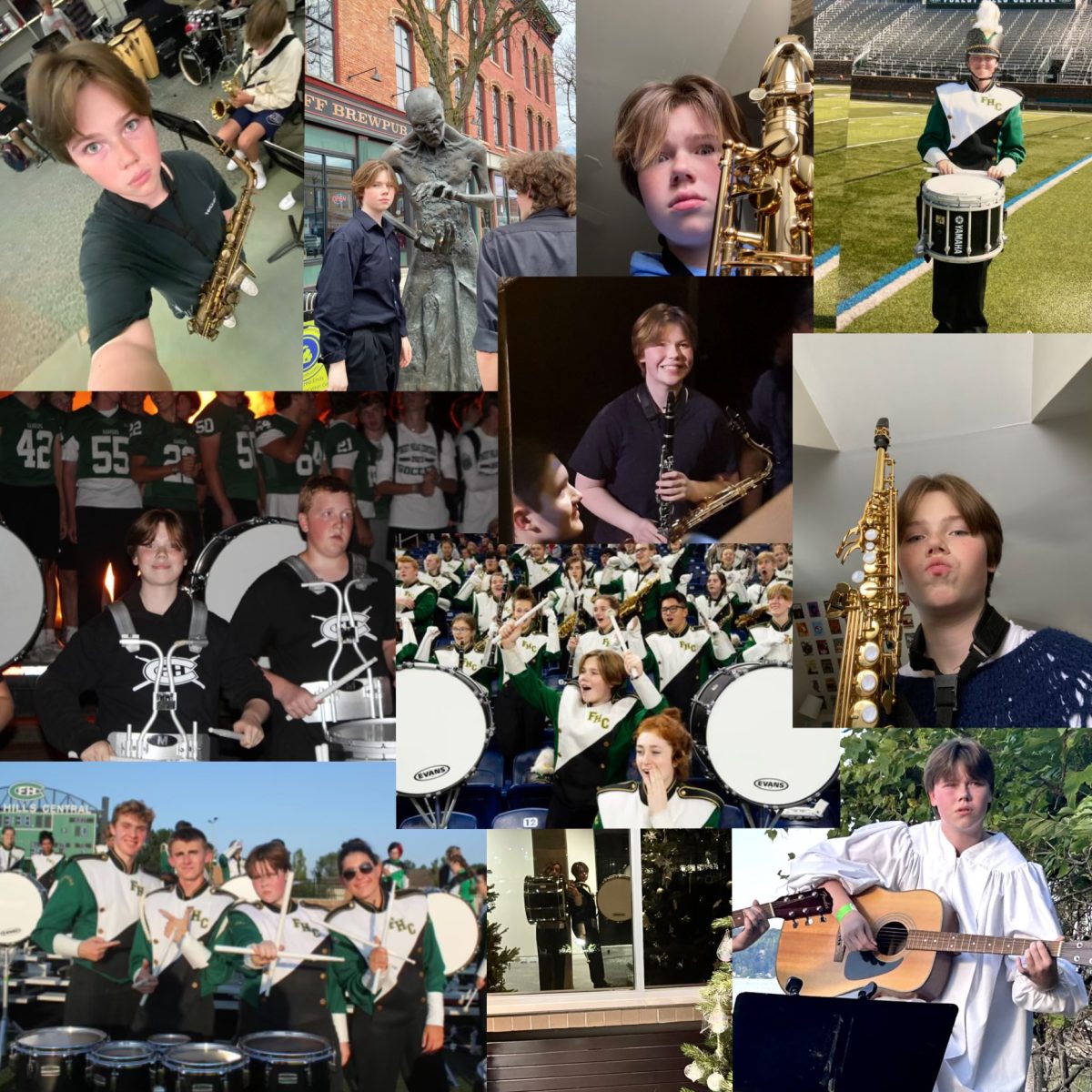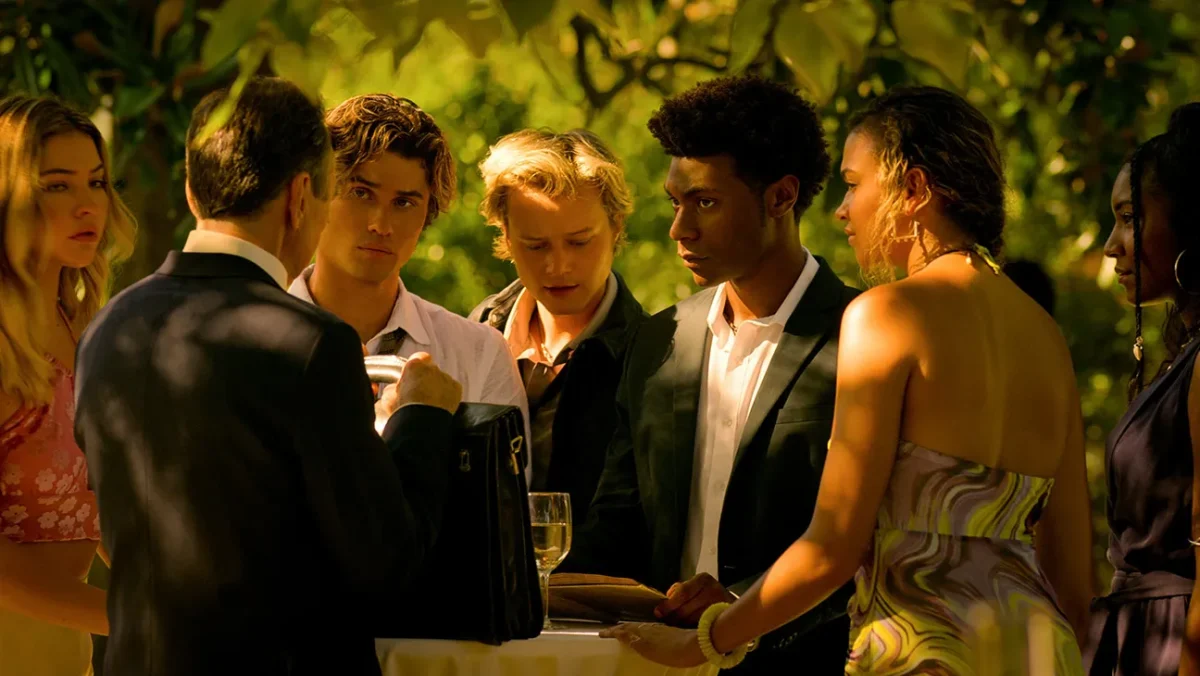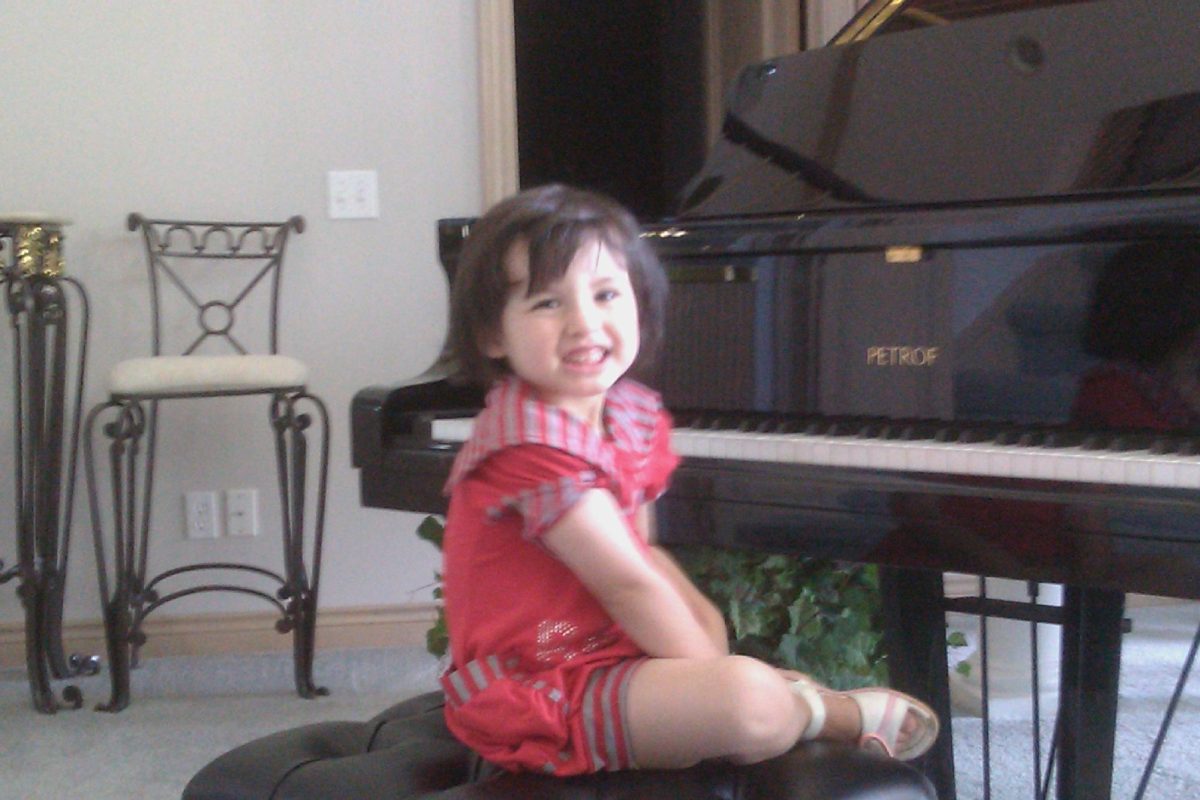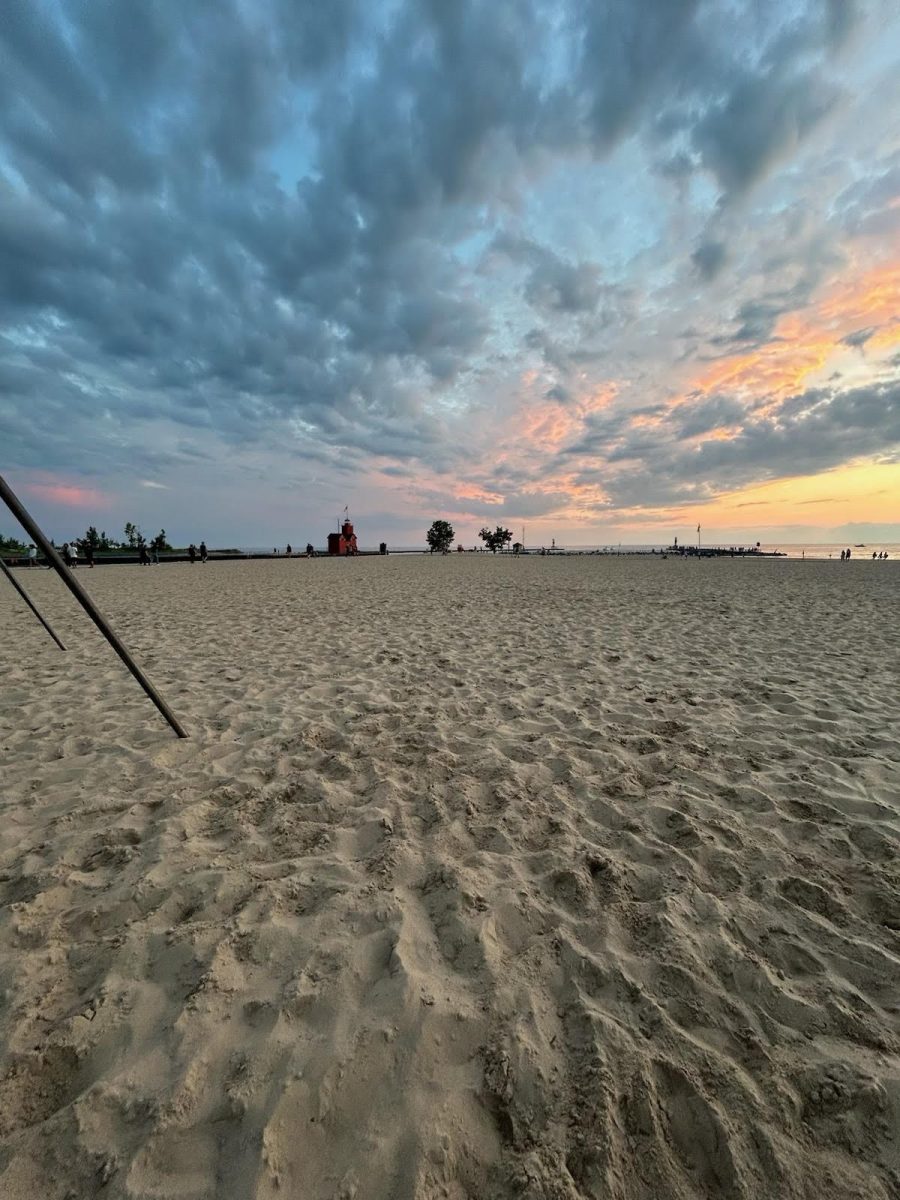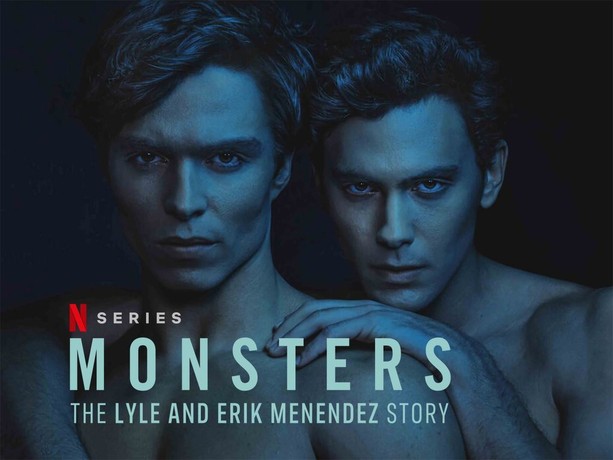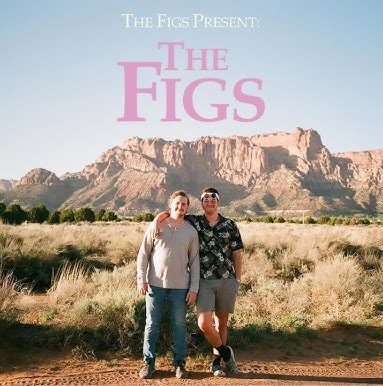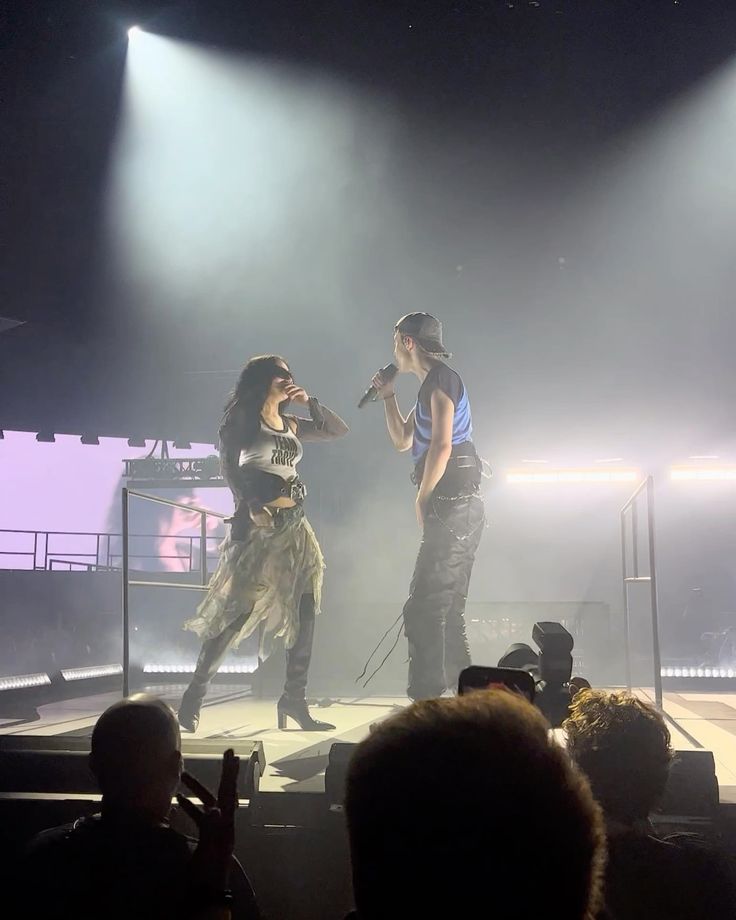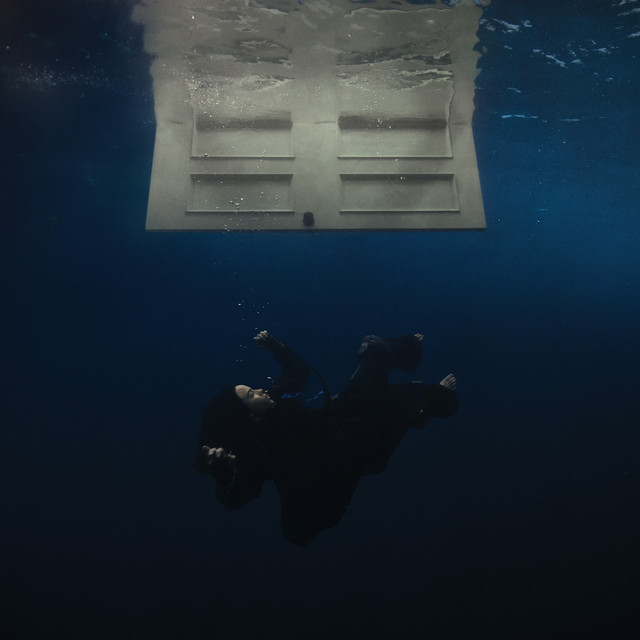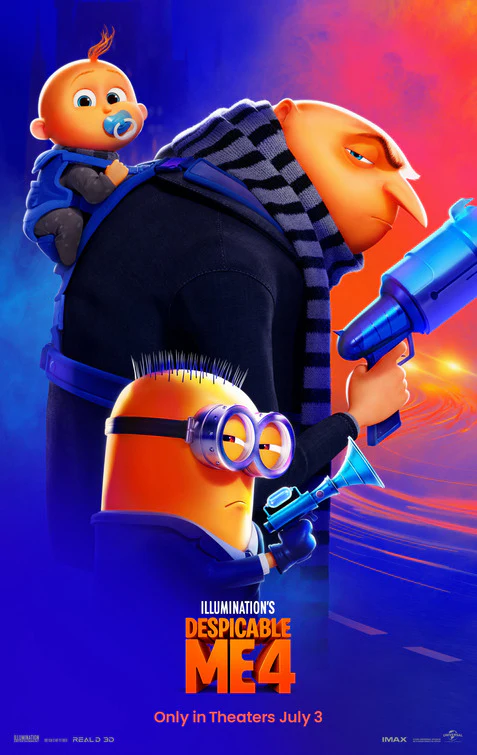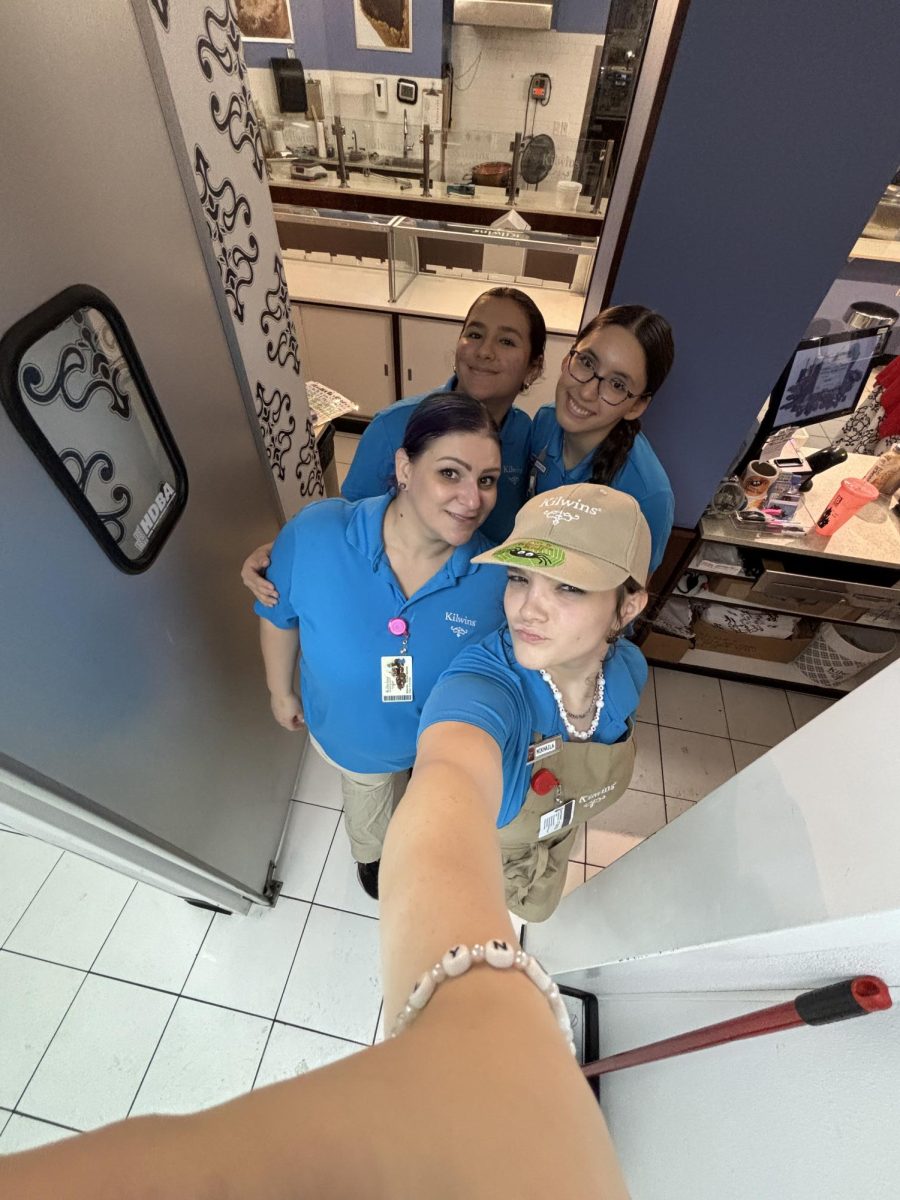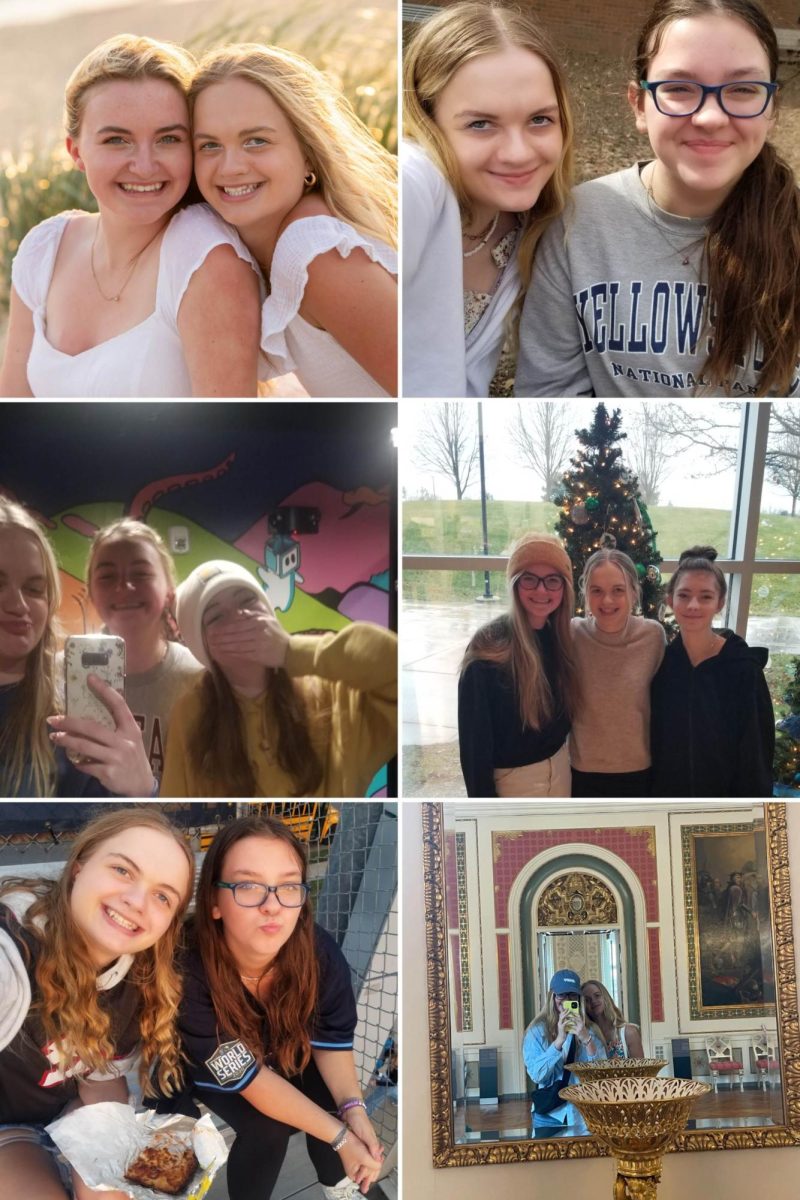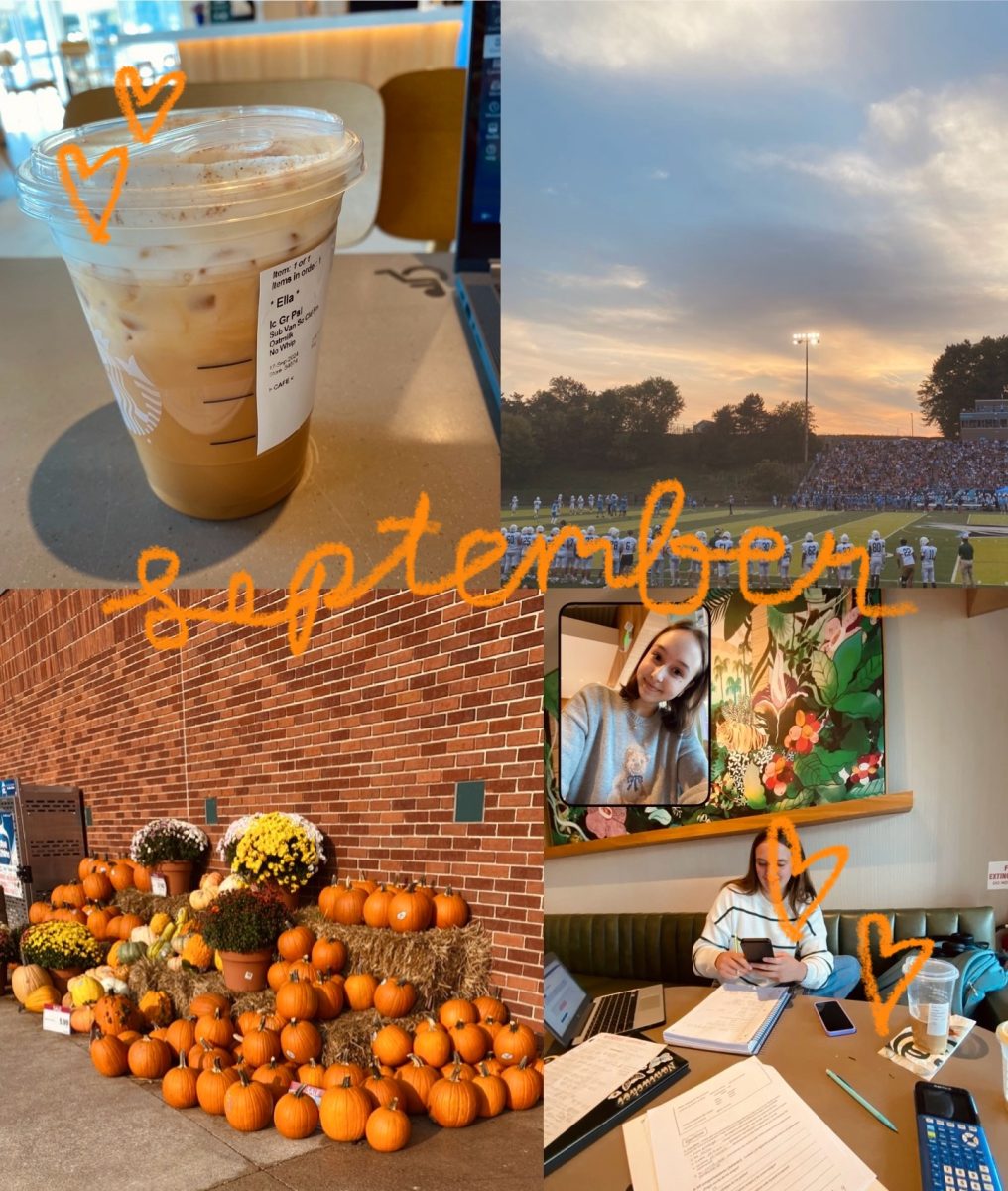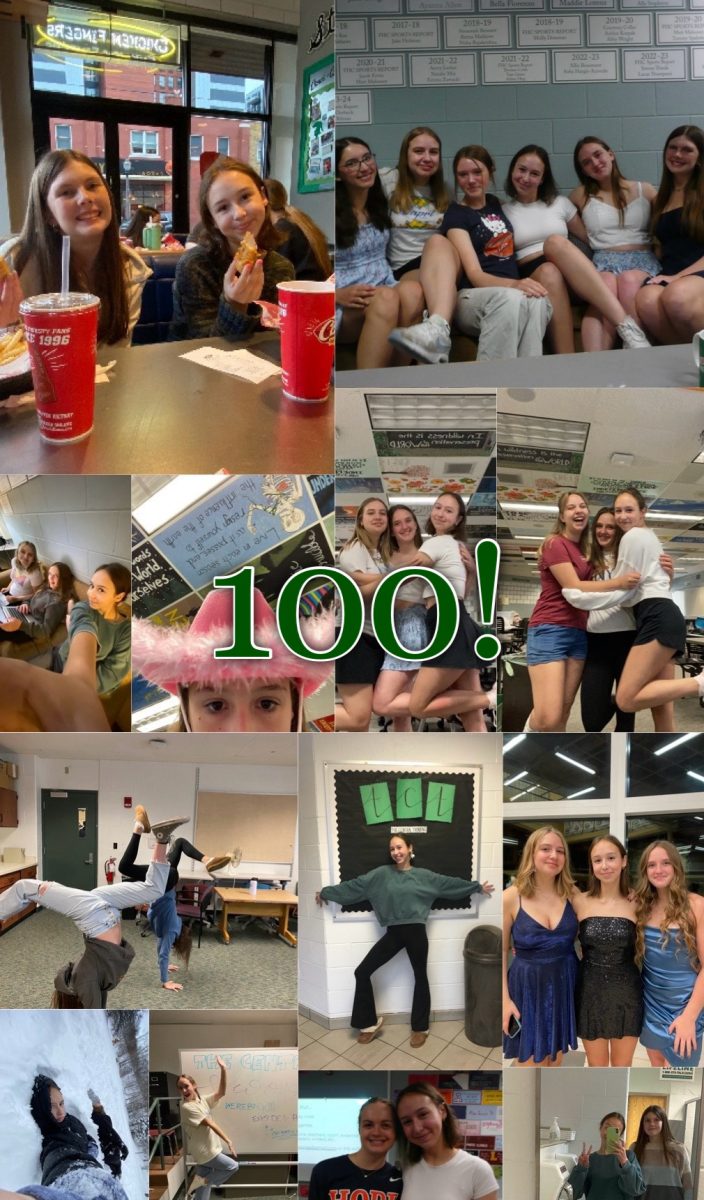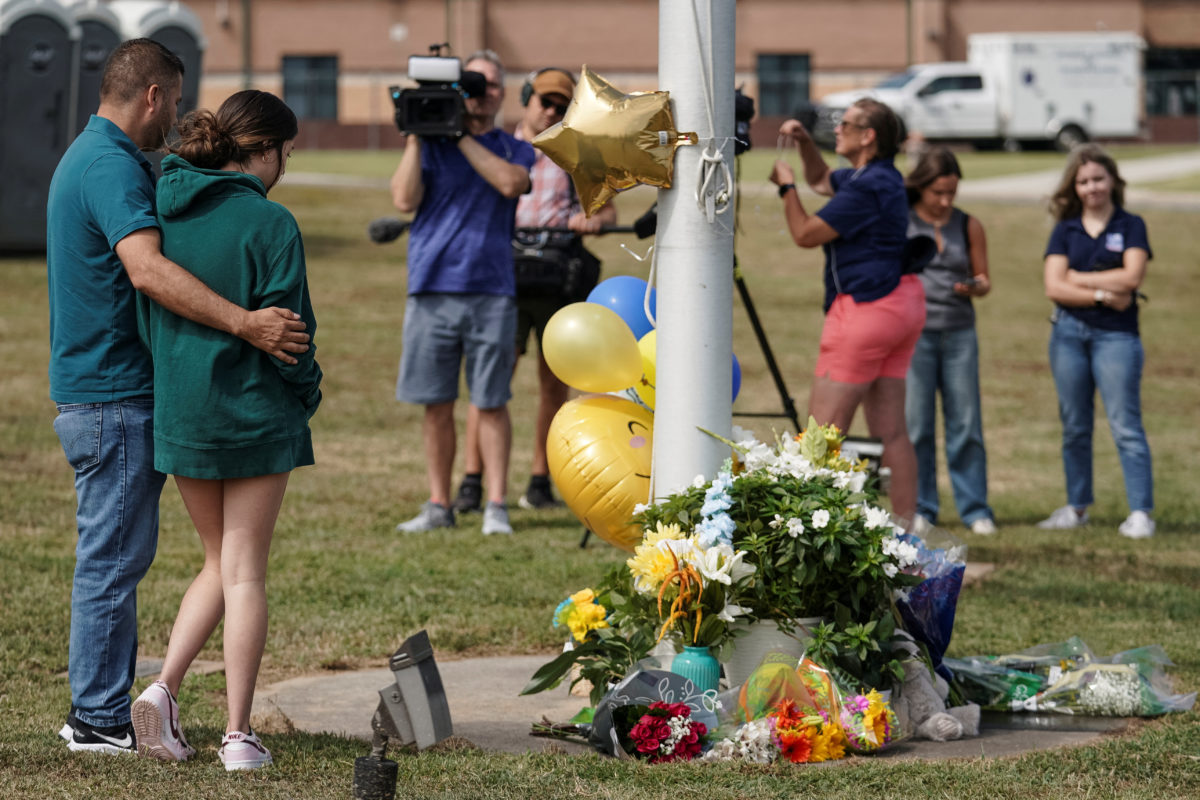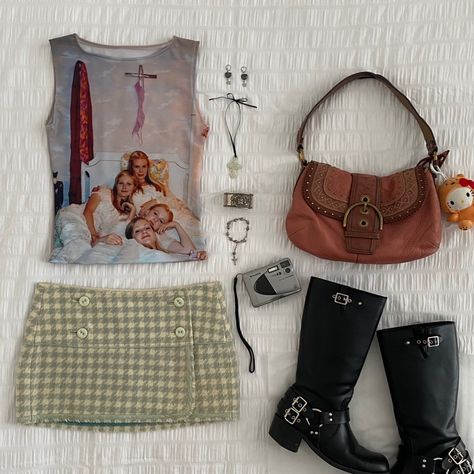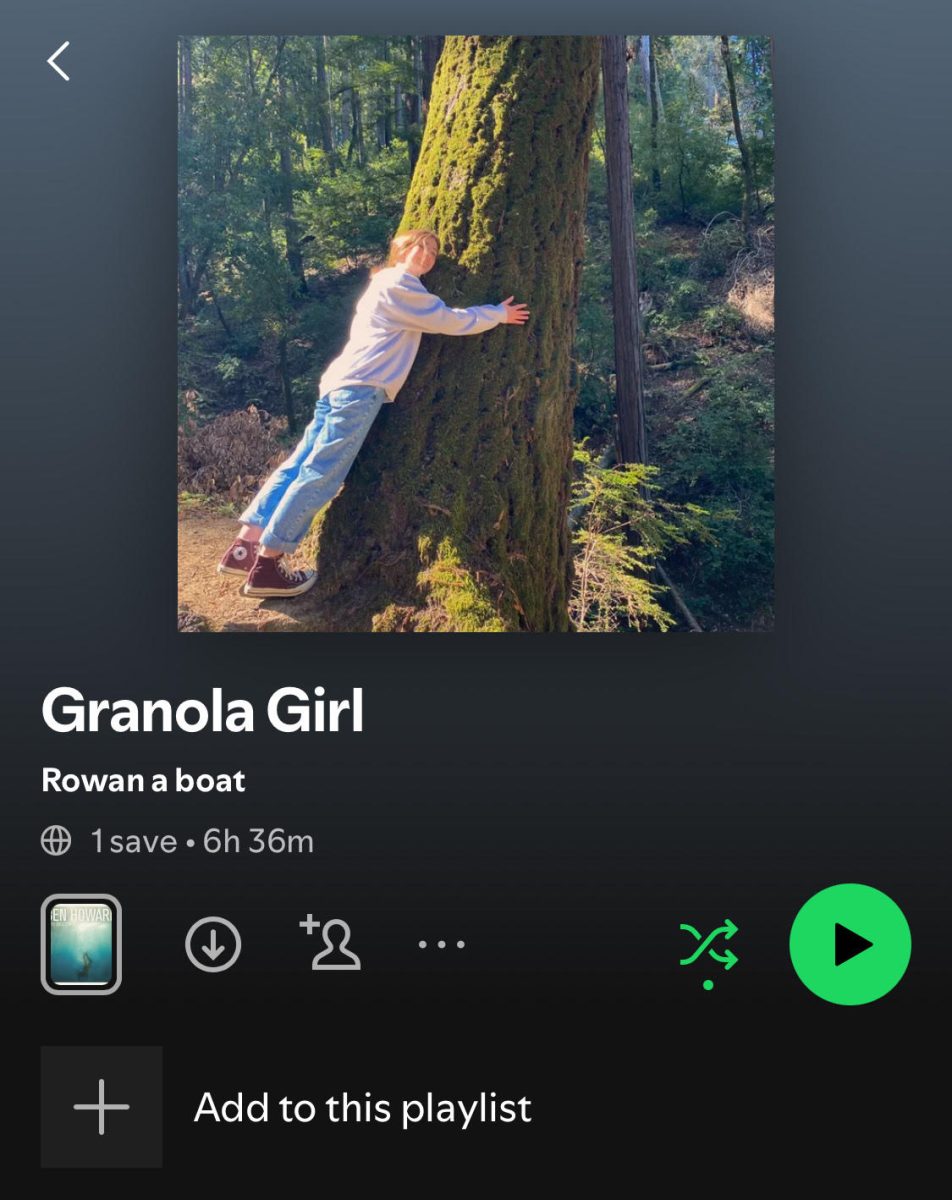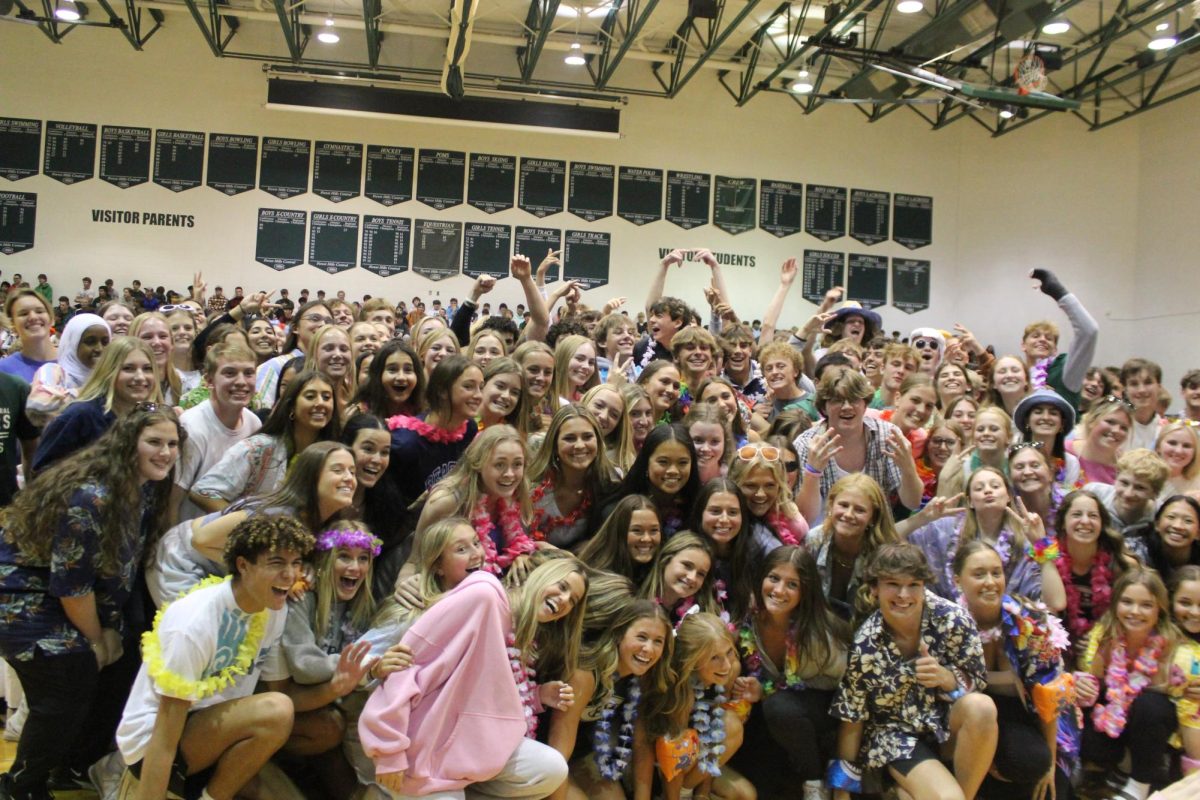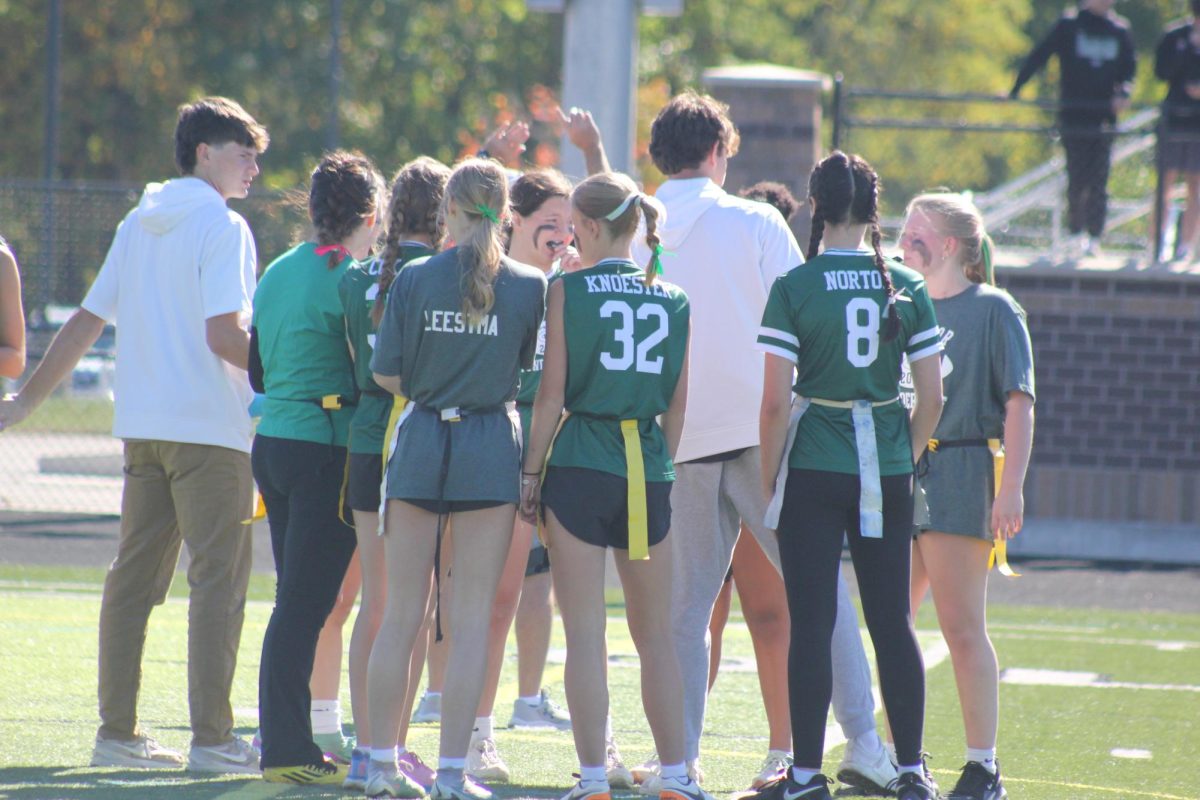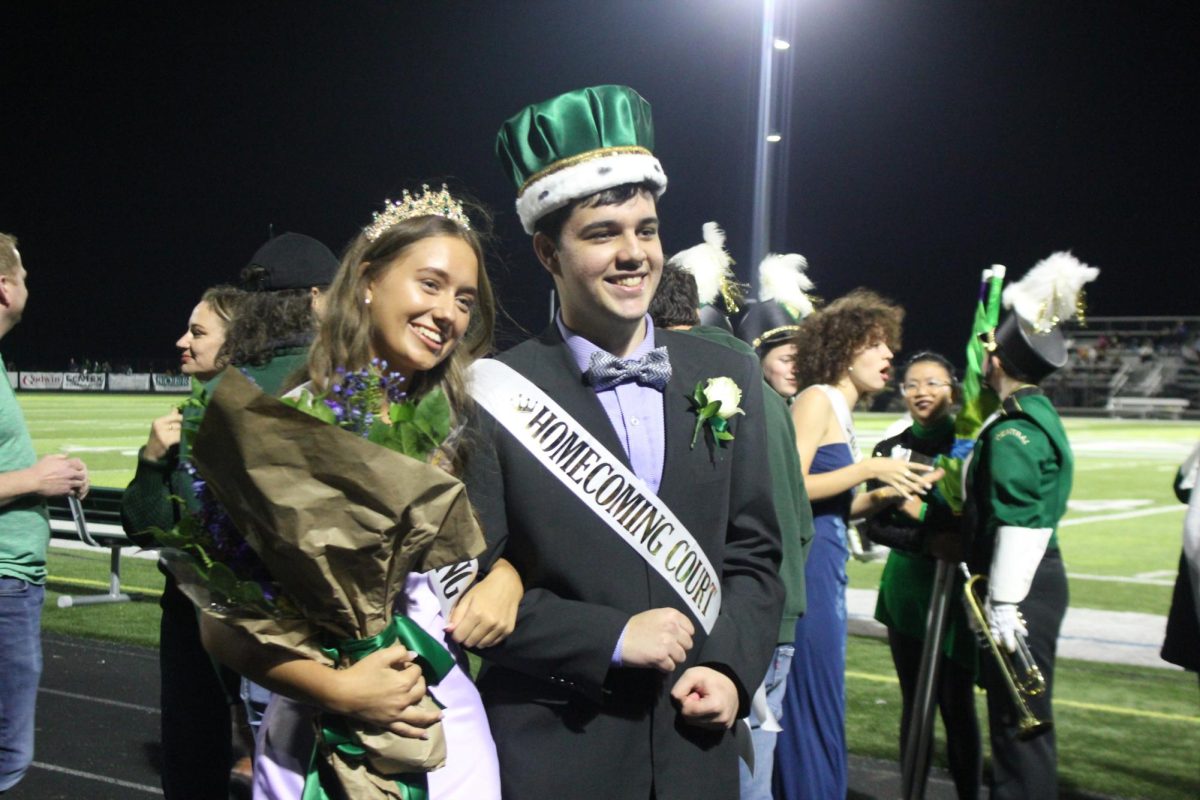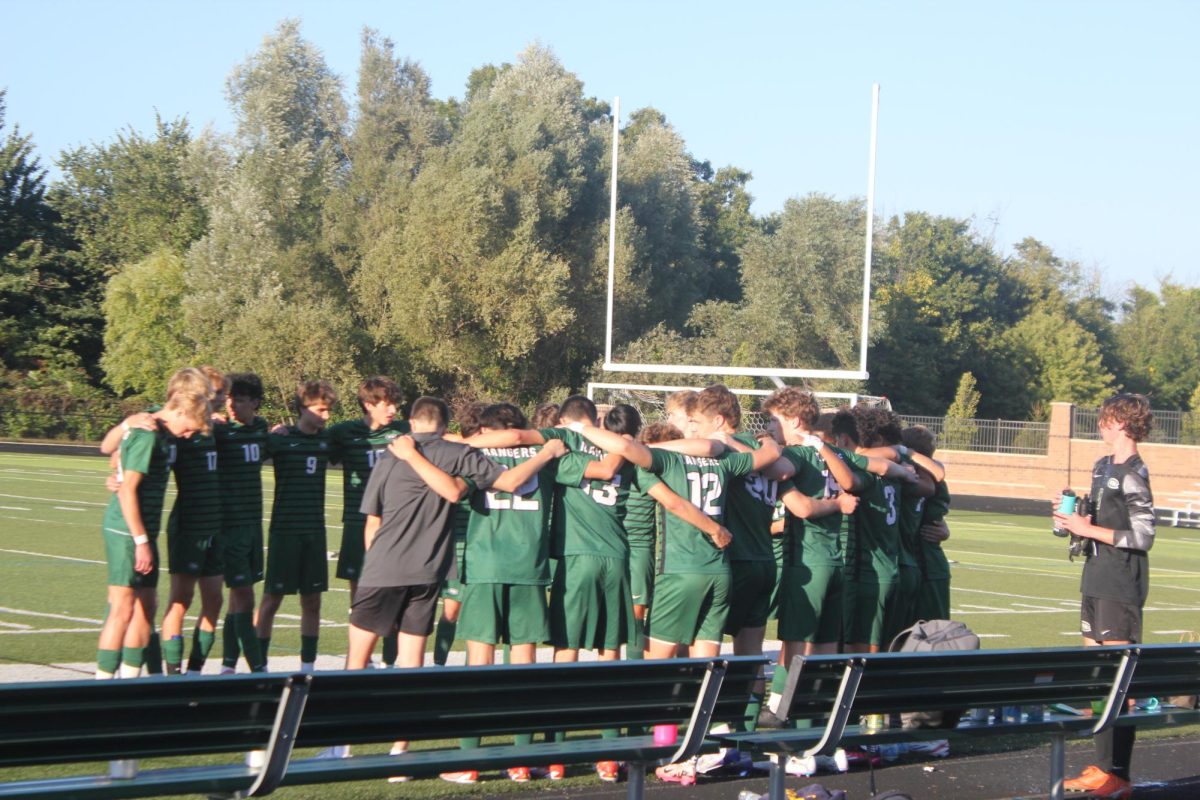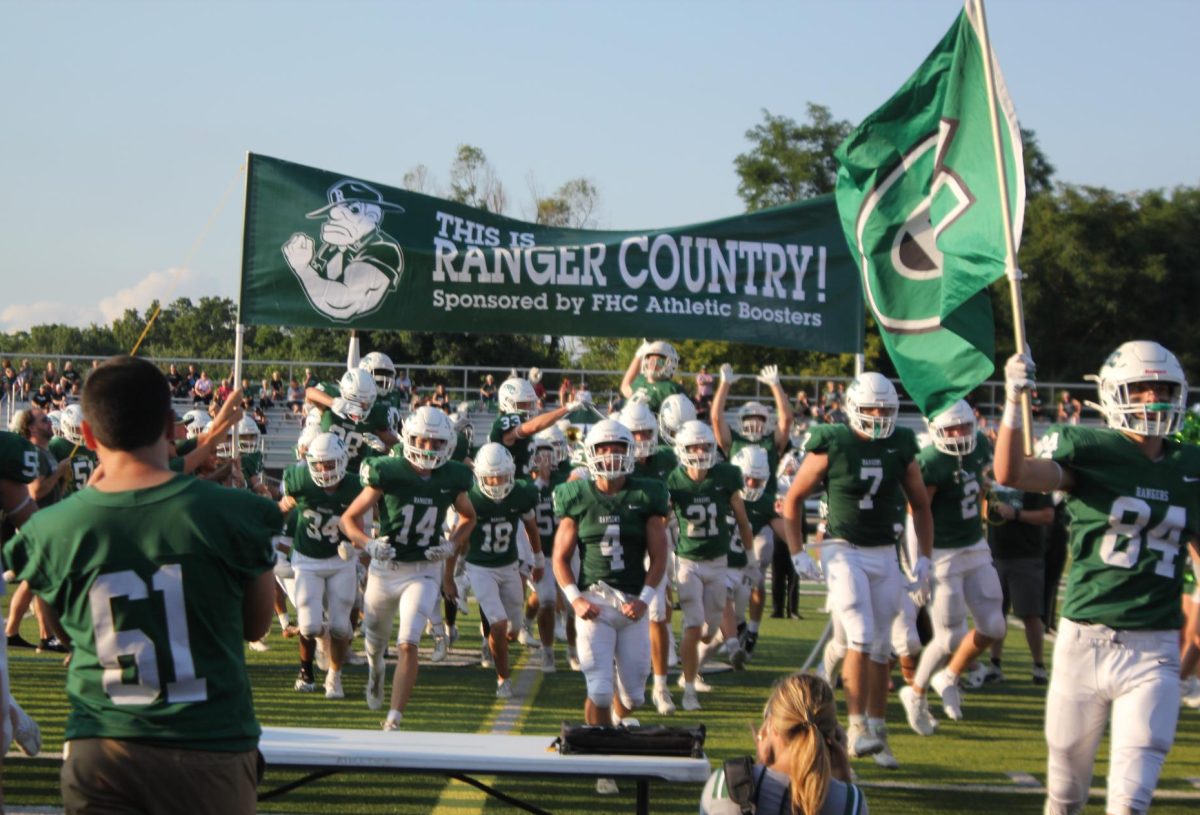Odyssey of the Mind Q&A with Ella Fauson
This year, FHC has four teams going to World Finals: the Brace team, the O’Meara team, the Fauson team, and the Thurston team. World Finals will be in Ames, Iowa at Iowa State University at the end of May. Check out this Q&A with senior Ella Fauson to learn more about Odyssey of the Mind and what to expect from FHC’s teams going to Worlds.
1. What is Odyssey of the Mind?
“Odyssey of the Mind (OM) is a worldwide creative problem-solving competition. Teams of five to seven members are presented with a set of five problems, and you choose which one you want to solve. You meet whenever and however much you want to solve the problem in a creative manner in the form of a short production. During competition, teams are also presented with one problem that they have to solve on the spot. OM was founded by Dr. Sam Micklus—he taught a class at Rowan University in New Jersey that challenged students to come up with creative solutions to problems in his Industrial Design class. Everyone enjoyed this class so much that he rolled the idea out to middle and high school students creating Odyssey of the Mind in 1978.”
2. What type of problems do you solve?”
“Problems are broken into 5 categories: Vehicle, Technical, Classics, Structure, and Performance. Vehicle problems require you to build a vehicle that can complete certain tasks. Technical also has you building some sort of contraption that completes tasks. Classics usually deal with art or history. Structure problems require you to build a structure out of balsa wood that holds as much weight as possible, and Performance can be about anything and focuses on the theatrical and performance aspects of the solution.”
For this year, the problems, as described on the official Odyssey of the Mind website, were:
1 – Vehicle: ‘The Escape VroOM’ – ‘Odyssey teams take their problem-solving skills inside a box as they create a performance that includes one or more team-created vehicles that will help a group of characters escape an unusual room. The vehicle will travel to areas within the room and complete tasks. Each time it completes a task it will release a “clue” that the group will use in the next area to release the next clue, and so on. When the vehicle performs the final task, it will reveal a final clue that allows the group to escape the room and they discover the mystery behind the room!’
2 – Technical: ‘Odyssey ReOMvention’ – ‘While no one knows what the future holds, it’s likely OMers will have an important role in it! To prove just that, teams will present a performance that identifies an original threat to the environment that self-replicates until a team-created technical reOMvention removes the threat. The team’s setting will reflect the threat and then return to its original state. The performance will also include original music, two animal characters, and must use ARM & HAMMER™ Baking Soda.’
3 – Classics: ‘(Name Here) The Musical Production‘ – Historical figures get an encore as OMers re-tell their stories in musical form. In this problem, teams will create a biographical musical about a selected historic figure. There will be three songs: an opening number, an emotional number whose music conveys an emotion, and one determined by the team. The performance will also include a lighting special effect, movement of scenery, and a membership sign that will appear as a marquee for the team’s musical.’
4 – Structure: ‘Matryoshka Structure’ – ‘It’s always the more the merrier with nesting dolls, also known as Matryoshka! In this problem, teams will design and build a Matryoshka Structure made of only balsa wood and glue that holds as much weight as possible. The 8+” structure will hold additional structures nested one inside the other. The more structures that are nested, the higher the score! Before weight placement can begin, the nested structures will be removed one by one to reveal a tiny character nested inside the smallest structure. The performance will have a theme about storage that includes placing weights, the structures, and the tiny character.’
5 – Performance: “Life is a Circus‘ – ‘Sometimes life seems like a circus! Teams will create a performance about a young person enjoying a regular life in our world who wakes up one day to discover they somehow were transported into a circus world. In the circus world, there will be original animals performing unexpected tricks, a clown, circus acts, and a ringmaster that announces the activities. The young person returns to the regular world thinking it was all a dream until they see a mysterious figure that turns out to be from the circus.'”
3. How long is the competition?
“There are two parts to this answer. First, the competition season can actually be pretty long. The problems are released in September or October, and [the] Regional competition is in February; so if you start working on your solution right away, you could be working on it for five months, though many teams don’t start working on it that early in the fall. If you are one of the top teams, you move on to [the] State competition in March. World competition is at the end of May, so if your team makes it all the way through, you could be working on your solutions for eight months or more. But the problem has to be solved in a skit that is completed in no more than eight minutes. So many months of work culminate in an eight-minute performance.”
4. What exactly are the Regional, State, and World Competitions?
“Michigan is divided into five regions. FHPS is in Region 1, so we compete against other teams from Region 1, like Lowell, Caledonia, and East Kentwood. This is an all-day event. You get there early in the morning, set up camp with your team at some lunch tables, and start to get ready for the competition. Your long-term problem or your spontaneous problem could be first–you don’t know until a week or so before you get there. The team helps each other get ready by doing makeup, fixing props, and going over the skit. When you’re not getting ready to perform, you can watch other teams from around the region perform. Towards the end of the day, when all the teams have performed their solutions and completed their spontaneous competition, everyone files into the gym for ‘trading.’ This is where all the team members bring little gifts or prizes and you walk around and trade what you’ve brought for things that other people have brought. It can be cans of silly string, squeaky toys, or other dollar-store-type things. After trading is over, everyone sits on the gym floor with their teammates and waits for awards to start. The top six teams in each category are acknowledged, and the top three get to go up to get medals.
States is almost an exact replica of Regionals, but instead of only competing with teams from your region, you compete with the top teams in the state. Competition is harder, and the stakes are higher.
Worlds is on a completely different level. The competition is days long with huge ceremonies and teams from all over the world. Worlds is always hosted in the US, but alternates between Ames, Iowa and Lansing, Michigan. On the first day of Worlds, there is an opening ceremony. Teams send one or two representatives to the floor to walk in the opening ceremonies, and it is conducted much like that of the Olympic Opening Ceremonies. On days two, three, and four, teams compete. All performances are open for other teams to watch. Spontaneous is a much bigger event at Worlds and usually has its own building dedicated to it with different sections for different problems and a waiting room. Most of the time when teams walk out of their spontaneous problem, coaches are usually waiting at the door to congratulate the team and spray them with silly string. On day four of the competition–the final day–closing ceremonies [begin]. Again, very much in Olympic Closing Ceremonies fashion, although awards also happen at this ceremony. The top three teams from each division and each problem are recognized in front of all the other teams with gargantuan, and I mean gargantuan, trophies.”
5. Is it expensive to do?
“No, not at all. In fact, there is a budget for each problem of only about $125-$145. You can’t spend more than that creating your solution to the problem, so teams use a lot of recycled materials, trash items, and a lot of creativity. Yard sales and thrift shops are a favorite among teams.”
6. You’ve talked a lot about the long-term competition, what else can you tell me about Spontaneous?
“In addition to the long-term problem that teams solve, there is a component of your score that is from a section called Spontaneous. Your team goes into a room and is given a problem to solve on the spot. Sometimes it can be a verbal problem, like word association or making up a story, or it can be a hands-on problem, like building the tallest free-standing structure you can with an assortment of random materials given to you. You don’t get any time to prepare and don’t know what you have to do until you walk into the room. It’s fun, but it is hard because you have no idea what the problem is going to be. You could do really well, or you could fail spectacularly.”
7. What kind of kids should join OM?
“It’s actually great for all kinds of kids; teams that have a mixture of people with different strengths and skills can go a long way. If you have all kids who like to perform, but aren’t great at knowing how to build things, they might have a hard time. Or kids who like to work behind the scenes and build but don’t want to perform in front of an audience will also have a hard time. A great team has people that bring different skills and can work together well under pressure. Teams are divided up by age groups, so Division 1 teams are made of kids from grades 3rd-5th, Division 2 teams are grades 6th-8th, and Division 3 teams are grades 9th-12th. You can perform up—so an eighth grader can perform in Division 3—but you can’t perform down—no sixth graders in Division 1. There’s also a Division 4 group for college students. There aren’t many of them, but they can have some really spectacular solutions to the problems if they’ve been working together for a while.”





